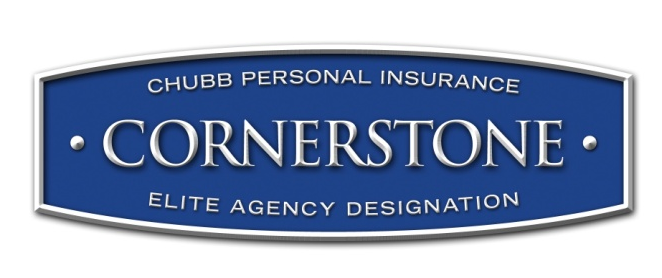Melting snow and spring rains mean that there can be a lot of water accumulating, which can cause flooding—even in areas that haven’t been prone to flood in the past. Remember, even if you live in a “1-in-a-500-years” flood zone, this could be the year your area floods. In fact, 20% of all flood claims come from outside high-risk flood zones.
We want you to know that a standard homeowners policy will protect your home and your property in the event of theft, fire and similar damage. However, most homeowners policies exclude water damage caused by flooding or mudslides. So, you will need additional coverage.
Don’t panic. You can purchase a flood policy to cover your losses from this type of water damage. However, keep in mind, there is 30-day waiting period before flood coverage goes into effect. So, the time to think about this type of insurance is now.
To help you make an informed decision, here are some facts about flood insurance that you need to know:
- If you take out a loan to buy a house in a high-risk flood area, your mortgage lender will require you to purchase flood insurance for the life of the loan.
- Flood insurance premiums are calculated using the house’s age, style, elevation and location. In the past, flood rates were set nationally for years, so they didn’t differ between insurance companies. However, in addition to government-backed insurers, there now are private flood insurers that will allow us to shop around for you and perhaps find lower rates than the national rates established by the Federal Emergency Management Agency.
- Coverage amounts can vary depending on the value of your house and its contents, but there is no coverage for your land.
- Coverage will insure your house’s structure, foundation, electrical and plumbing systems, cabinetry, HVAC systems, built-in appliances, and carpeting. Debris removal also may be available.
- Contents coverage will cover: furniture, clothes, curtains, area rugs, electronics, small appliances, and certain valuables.
- What’s not covered: Other structures on the premises other than a garage; finished walls, floors, ceilings or personal belongings in a basement; and living expenses while flood damage is being repaired.
Further steps …
In addition to having the necessary insurance policies, make sure you also have the supplies on hand that will help you weather any storm. These include the following: battery-powered radios and flashlights, water, nonperishable food, first-aid supplies, plywood, security fencing, tarps, mops and sandbags.
The perfect time to prepare for a disaster is well before it happens. Call our agency today. We are happy to review your insurance policies with you to make sure you have the coverage you need when you need it.








